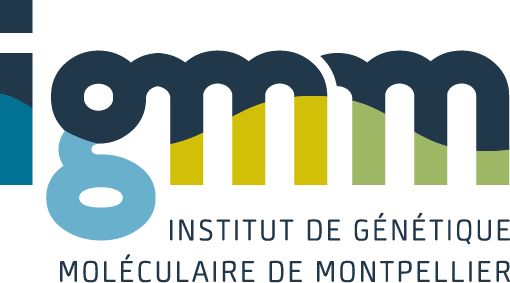Paused RNA polymerase (Pol II) is a pervasive feature of Drosophila embryos and mammalian stem cells, but its role in development is uncertain. Here, we demonstrate that a spectrum of paused Pol II determines the « time to synchrony »-the time required to achieve coordinated gene expression across the cells of a tissue. To determine whether synchronous patterns of gene activation are significant in development, we manipulated the timing of snail expression, which controls the coordinated invagination of approximately 1,000 mesoderm cells during gastrulation. Replacement of the strongly paused snail promoter with moderately paused or nonpaused promoters causes stochastic activation of snail expression and increased variability of mesoderm invagination. Computational modeling of the dorsal-ventral patterning network recapitulates these variable and bistable gastrulation profiles and emphasizes the importance of timing of gene activation in development. We conclude that paused Pol II and transcriptional synchrony are essential for coordinating cell behavior during morphogenesis.
Paused Pol II coordinates tissue morphogenesis in the Drosophila embryo
Lagha, M.; Bothma, J. P.; Esposito, E.; Ng, S.; Stefanik, L.; Tsui, C.; Johnston, J.; Chen, K.; Gilmour, D. S.; Zeitlinger, J.; Levine, M. S.
2013
Cell
2013-05-23 / vol 153 / pages 976-87
Abstract
10.1016/j.cell.2013.04.045 S0092-8674(13)00521-7 [pii]
1097-4172 (Electronic) 0092-8674 (Linking)
IGMM team(s) involved in this publication

Mounia Lagha
Régulation de l’Expression des Gènes au Cours du Développement
Étiquettes
Animals; *Transcription, Genetic; Models, Biological; Molecular Sequence Data; Gene Expression Regulation, Developmental; Promoter Regions, Genetic; Base Sequence; Drosophila melanogaster/*embryology/enzymology/*genetics; Drosophila Proteins/metabolism; Embryo, Nonmammalian/*metabolism; Gastrulation; Morphogenesis; RNA Polymerase II/*metabolism
